University of Arkansas Museum
Arkansas Archeological Survey Building
2475 N. Hatch Ave.
Fayetteville, AR 72701
P 479-575-4370
E-mail: lalamb@uark.edu
Collections
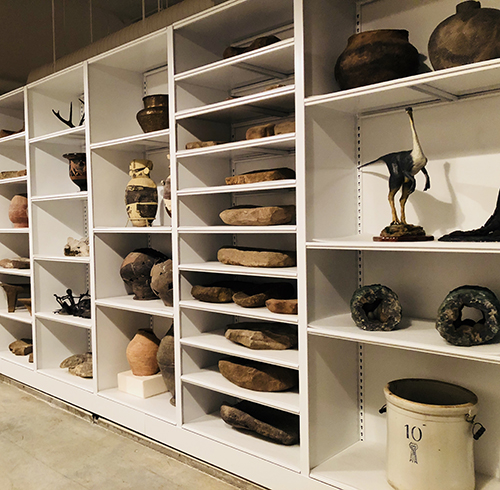
The University of Arkansas Museum traces its beginnings to the early geology department
collection, which is documented to 1873. From a modest beginning, the collections
grew to more than seven million objects encapsulating the fields of archeology, ethnology,
history, geology, and zoology. The collections are regionally focused on the state
of Arkansas but include representations from across the United States and around the
world.
University of Arkansas Museum staff are happy to share the collections with the university community and general public. We can conduct general overview tours, but are able to specialize the tours if requested. Tours are currently conducted by appointment only. There is no fee.
Contact us at lalamb@uark.edu or call 479-575-3456 to schedule your tour!
The University of Arkansas Museum is a collecting institution. Our materials come in through a variety of sources, from University community and governmental wildlife organizations that deposit their collections after they have completed their research to citizens who donate valued family items of historical significance. Donations are assessed based on their potential to strengthen existing collections in which the Museum has a current specialization and recognized historical interest, including anthropology, geology, history, and zoology with a particular (but not exclusive) focus on Arkansas.
Contact us at lalamb@uark.edu or call 479-575-3456 to discuss your donation request.
Beyond accepting donations, the Museum loans collection materials out for classroom use, research, and exhibits. Please note that the safety and security of collection materials will be assessed prior to accepting any requests.
Contact us at lalamb@uark.edu or call 479-575-3456 to discuss your loan request.
The University of Arkansas Museum does not conduct appraisals for monetary value of objects for the purpose of establishing a fair market value of gifts offered to the Museum. Donors desiring to take an income tax deduction must obtain an independent appraisal. Staff members can assist a donor in locating a qualified appraiser, however.
Archeology Collection
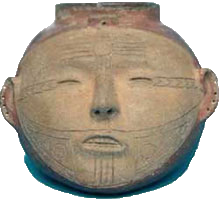 The archeological collections are the largest and most significant collection of Arkansas
archeological material anywhere.
The archeological collections are the largest and most significant collection of Arkansas
archeological material anywhere.
With 7000 catalogued materials, it is largest single collection of late prehistoric and protohistoric period whole pottery vessels from Arkansas.
These vessels represent late Mississippian Period cultures of the Mississippi and Arkansas River Valleys and Caddoan culture of the Red and Ouachita River regions. They show the artistry and creativity of the prehistoric potters and the daily tasks, activities, lifestyles, and worldview of the potters and their contemporaries.While Arkansas is our main regional focus, a small collection of pottery from other areas and cultures of the world are housed here as well, including Greco-Roman, Nazca, and Mimbres.
History Collection
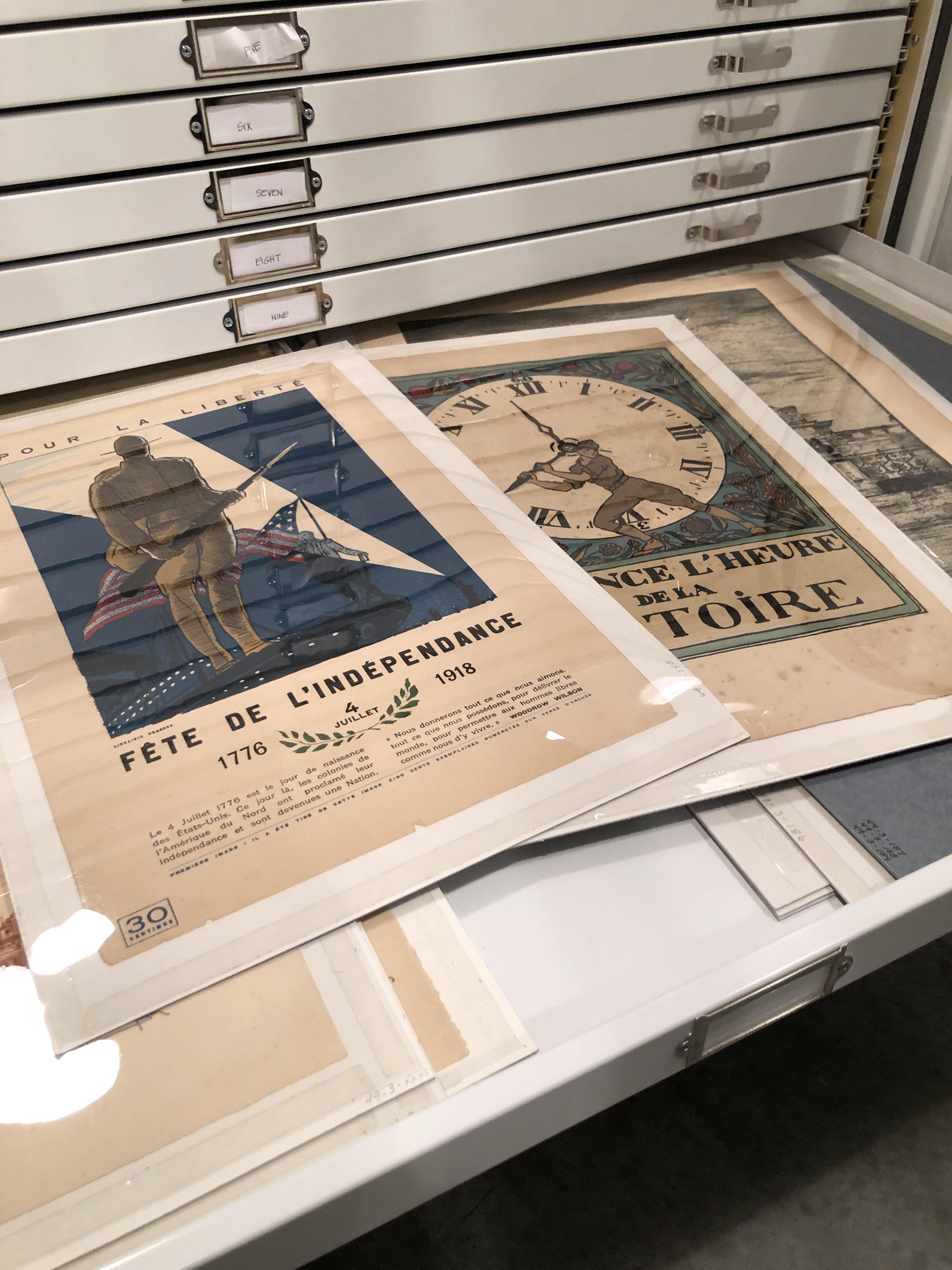
Military items include University of Arkansas cadet uniforms and accessories, Civil War memorabilia, and uniforms and accessories from World War I and II.
Ethnology Collection
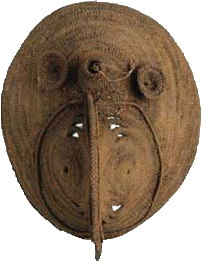 The small but focused ethnology collection consists of more than 2,300 contemporary
and historic objects representing the material cultures of several non-European societies.
The small but focused ethnology collection consists of more than 2,300 contemporary
and historic objects representing the material cultures of several non-European societies.
Especially represented by the collection are utilitarian objects that illustrate the lifeways of central African tribal peoples, ceremonial masks from Mexico, ceremonial and decorative objects from the South Pacific islands, and decorative objects made by the Plains Indians.
The collection also has examples of utilitarian objects that have been removed from their context and now function as art and craft objects. These include Southwestern ceramics, basketry representative of all United States Native American tribal groups, a complete collection of Hopi kachinas, and wood carvings by the Seri people of Mexico.
Geology Collection
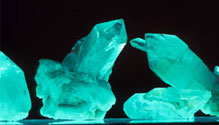 The geology collection includes numerous specimens of fossils and minerals with emphasis
on specimens from Arkansas.
The geology collection includes numerous specimens of fossils and minerals with emphasis
on specimens from Arkansas.
The geology collection includes numerous fine specimens of fossils and minerals with a particular emphasis on specimens from Arkansas.
The Museum holds more than 12,000 rock and mineral specimens including the Hugh D. Miser Collection consisting of 5,725 Arkansas and Brazilian quartz crystals. An alumnus of the University of Arkansas, Miser worked as a staff geologist for the United States Geological Survey. He donated these crystals from his collection in 1954.
Beyond fossils and minerals, the Museum is also a repository for the UA Tree-Ring Laboratory for their tree-ring samples. The samples hold valuable data for environmental history.
Zoology Collection
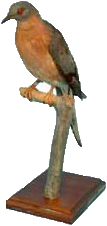 The Zoology Division contains approximately 90,000 lots. Most of these are from Northwest
Arkansas, but representative specimens from throughout the world are included as well.
The Zoology Division contains approximately 90,000 lots. Most of these are from Northwest
Arkansas, but representative specimens from throughout the world are included as well.
Approximately 4,000 lots of amphibians and reptiles comprise this collection. Most of these have been donated by the Department of Biological Sciences field classes.